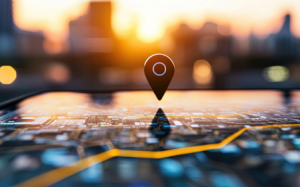MIT Scientists Create a More Effective Method for Training Dependable AI Agents
Revolutionizing AI Training: MIT’s New Method
Scientists at the Massachusetts Institute of Technology (MIT) have developed a more effective method for training dependable artificial intelligence (AI) agents. This new approach aims to enhance the reliability and safety of AI systems, particularly in critical applications such as autonomous vehicles and medical diagnostics.
Overcoming Traditional AI Training Limitations
The traditional method of training AI involves feeding the system with a large amount of data and allowing it to learn from its mistakes. However, this approach has limitations, especially when it comes to high-stakes applications where errors can have serious consequences. The MIT team’s method addresses these limitations by incorporating a safety mechanism into the training process.
How the New Method Works
The new method involves training AI agents in a two-step process. First, the AI is trained in a safe environment where it can make mistakes without causing harm. Then, it is further trained in a more realistic environment, but with a safety mechanism that prevents it from making dangerous mistakes.
- The first step allows the AI to learn from its mistakes in a risk-free environment.
- The second step ensures that the AI can operate safely in real-world situations.
Implications of the New Method
This new method has significant implications for the future of AI. It could lead to the development of more reliable and safer AI systems, which are crucial for applications such as self-driving cars and medical diagnostics. Furthermore, it could also help to build public trust in AI technology.
Conclusion
In conclusion, the new method developed by MIT scientists represents a significant advancement in AI training. By incorporating a safety mechanism into the training process, it ensures that AI systems can operate safely and reliably in real-world situations. This could pave the way for the wider adoption of AI in critical applications, and help to build public trust in this technology.













